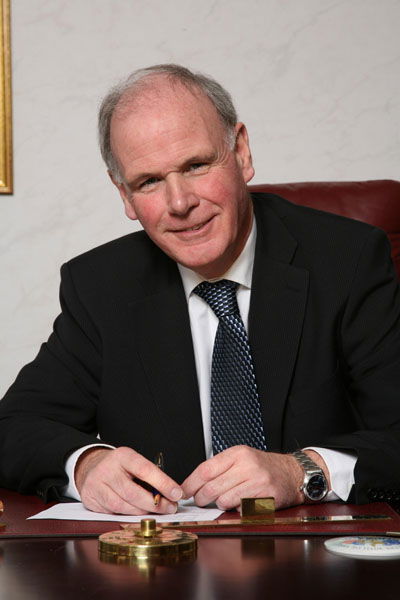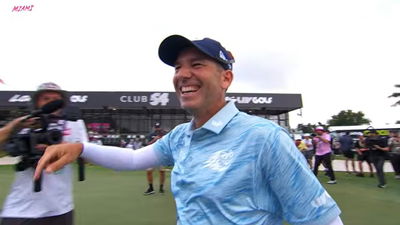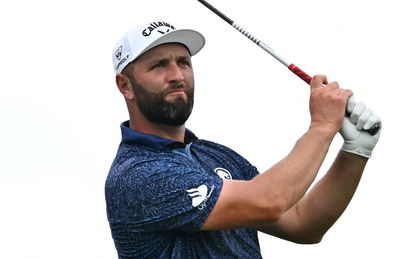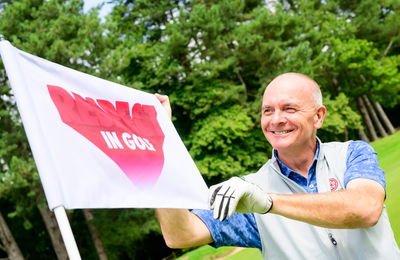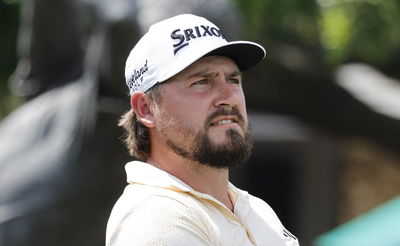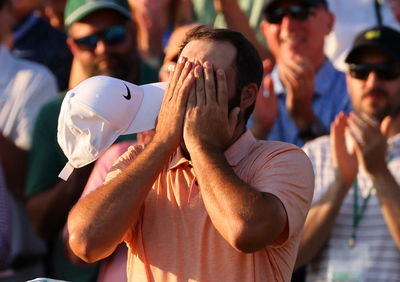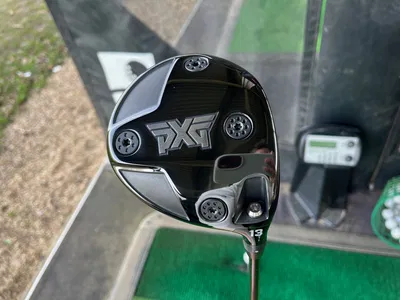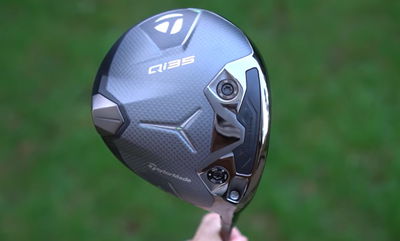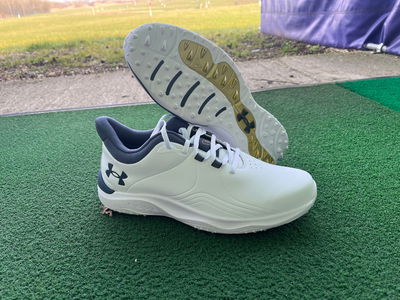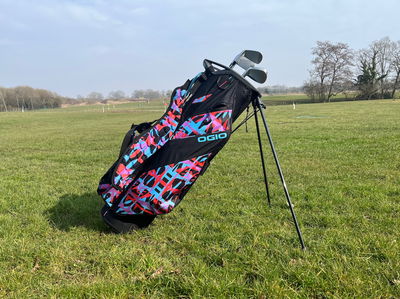COUNTERFEITS: Trolley boss speaks out
Mark Stewart reveals how Stewart Golf overcame fakes trade in its powered trolleys

Golfmagic is leading a campaign to 'Drive the Counterfeits out of Golf' and help the major brands, police and trading standards to eradicate fake equipment.
In a series of features we aim to give manufacturers the chance to join our campaign by telling us what efforts they are making to protect their brands, track down those who bring fake goods on to the market and bring them to justice.
This time we speak to Mark Stewart, managing director of Stewart Golf, whick makes high specification powered golf trolleys.
How did you first find out your powered trolleys were being cloned and reproduced by counterfeiters?
I first learned of this through re-sellers in Europe. Presumably the counterfeiters avoid the UK market because that’s where we are based. At first people thought that they were coming from the same factory but as we make ours here in the UK we knew that was not the case!
What products were they copying and what was the build quality? Were the differences easy to spot with an untrained eye?
The copy was of our X1 product - this was our first and only product at the time. It was not a true copy; there were some aesthetic differences probably with the intention that these would be enough to get around our IP (Intellectual Property) identities.
We managed to buy a machine from source in China – using my name and Stewart Golf to see if they’d notice whom they were dealing with. They didn’t and sent a sample to us which didn’t make it out of our car park before it broke down! I complained to the factory about this and they sent a replacement which also failed within minutes of getting it out of the box.
Despite looking okay from the images, quality was very poor. Ranging from poor materials selection to shortcuts taken to reduce manufacturing costs, there were many areas where it was sub standard.
The maker had blindly copied a part of our design without knowing what it was for. For example we have a cradle for the customer to store the remote control when playing a shot. The copy used a cheap box with no means of clipping it to the cradle, making the part useless.
What anecdotal evidence do you have on the perpetrators, where they are based and their operations?
From websites such as Alibaba it was easy to track down the factories or re-sellers. We also had some industry contacts who worked in China who would let us know that they had seen copies being produced in certain factories - in fact, two or three versions.
To what lengths do you go to track down the culprits, using your own resources, trading standards and police?
We didn’t have protection in China on our designs at the time, we only protected our IP in the markets where we would sell. We had been advised that China was the ‘IP Wild West’ at the time so it was a waste of money making registrations there as they were almost impossible to defend.
The rights we have are strong enough to stop people selling the product in our main European Union market. Our best success came in the following areas:
IMPORTERS: We knew in advance of a container being delivered to a re-seller in Germany. Through our lawyers we were able to successfully take action against them. After a long battle we received compensation from them for product they had sold, as well as proof that unsold product had been destroyed. However, compensation was almost exactly the same as our legal costs for the case.
RETAILERS: We contact any company who advertises copies advising that they run the risk of legal action if they continue to deal with the fakes.
EBAY: In the UK and Europe we are registered as a rights owner. They have a very good programme called VeRO that allows us to report listings that infringe our rights – ranging from design IP to copyright on images . Once reported, eBay usually reviews the listing and removes it within a few hours.
TRADE SHOWS: In Europe and the US, we visit the main trade shows and take legal documentation to present to a companY's stand. The organiser is often obliged to remove offending items or even evict the exhibitor.
Article continues. Click here for more from Mark.
��
